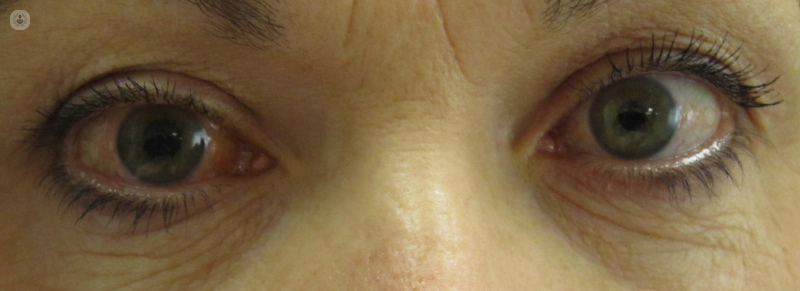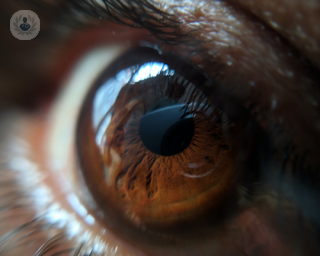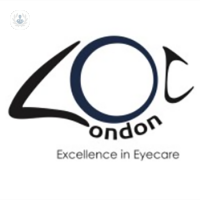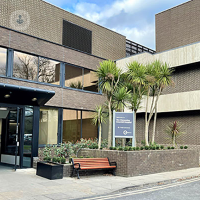Ocular hypertension
Mr Francesco Stringa - Ophthalmology
Created on: 02-20-2013
Updated on: 05-12-2023
Edited by: Carlota Pano
What is ocular hypertension?
Ocular hypertension occurs when the pressure inside the eye (intraocular pressure) is higher than normal. This pressure is measured in millimetres of mercury (mmHg) and is considered normal when it is between 10-21mmHg. It should be noted that intraocular pressure increases with age.
Although ocular hypertension often does not cause any symptoms, if left untreated it can lead to glaucoma – the high intraocular pressure damages the optic nerve, which causes vision loss. For this reason, it is important to have regular eye check-ups to catch the condition before it causes more serious problems.
What are the symptoms of ocular hypertension?
Ocular hypertension does not typically manifest with any specific symptom, which makes it difficult to detect. The only way to diagnose ocular hypertension is through an eye exam, in which the ophthalmologist will use a tonometer to measure the eye pressure. If it is elevated on two different occasions, ocular hypertension will likely be diagnosed.
Causes of ocular hypertension
The main cause of ocular hypertension is insufficient drainage of the aqueous humour (the fluid inside the front of the eye). The eye is constantly making this fluid, while an equal amount flows out of the eye. If more fluid enters the eye than is drained from it, this causes an increase in pressure inside.
People at particular risk of this occurring include those with a family history of ocular hypertension, myopia or diabetes.
In some cases, ocular hypertension can be caused by an eye injury, certain diseases, and certain medications.
What is the treatment for ocular hypertension?
Early diagnosis is very important, so that ocular hypertension does not cause damage to the optic nerve or loss of vision. Depending on how high the pressure is, the ophthalmologist might not prescribe a treatment immediately, but instead monitor the intraocular pressure with frequent check-ups.
If treatment is needed, it may include medication to reduce the intraocular pressure, often in the form of eye drops. In order for the treatment to work, it is essential to strictly follow the doctor's instructions.
In some cases, surgery in the form of laser trabeculoplasty is used to lower eye pressure.













